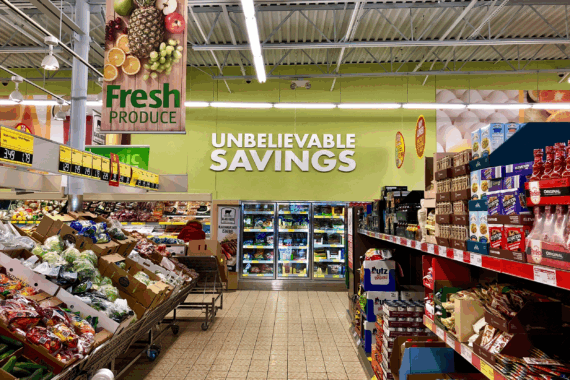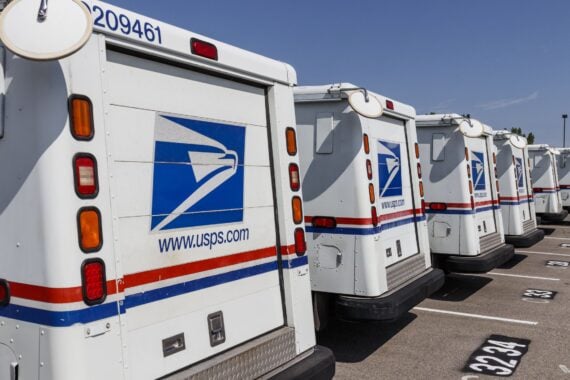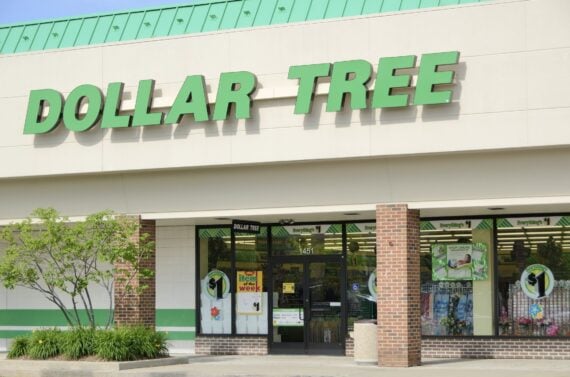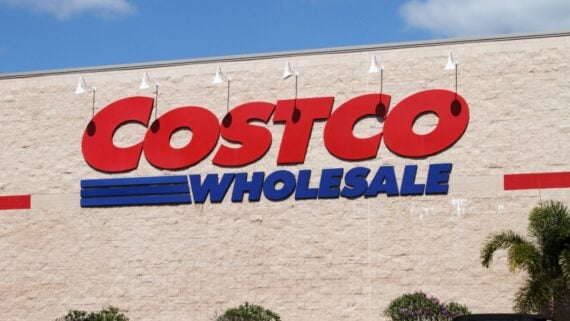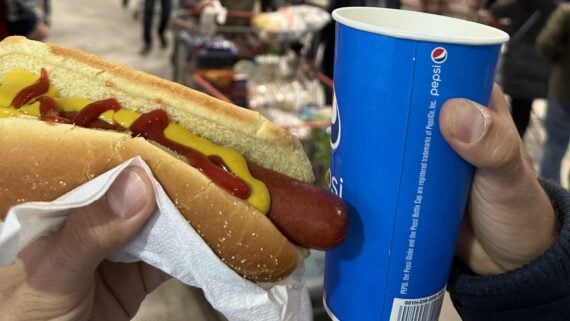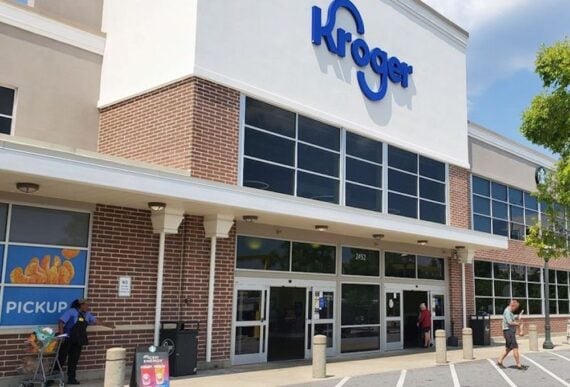Customers can buy quinoa at Trader Joe’s for half the price they would pay at Whole Foods Market. Customers are promised up to 50% savings by buying daily necessities at Aldi. More than 90% of Costco members renew their memberships, because the savings are worth it. But how? Here’s a look at the strategies the most popular discount grocery stores use to keep costs low, passing on the savings to customers in the form of lower prices.
Related: I Shopped at Costco for the First Time and This Is What I Learned
The Value of Consistency in Pricing
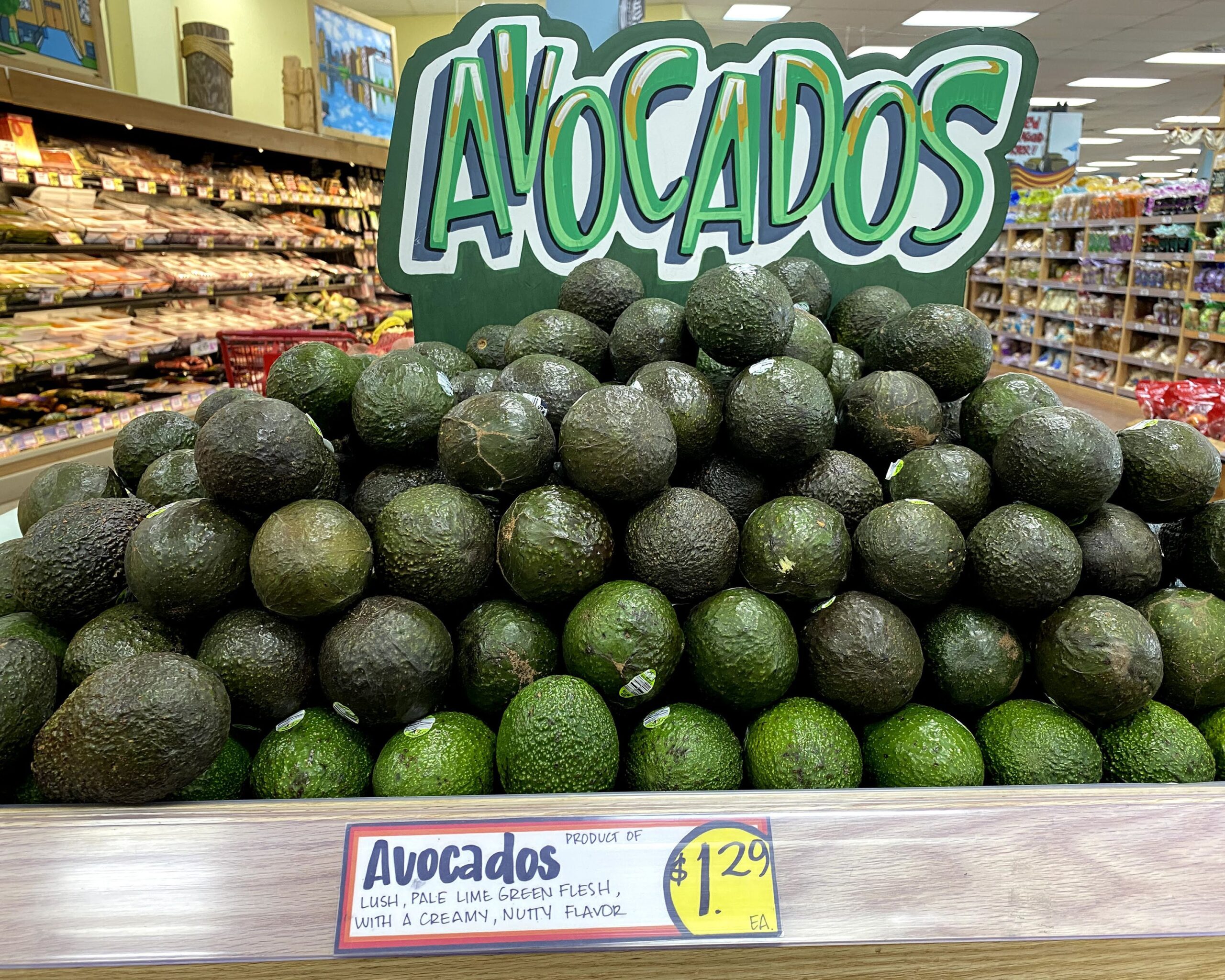
Most grocers entice customers with weekly specials, sporadic sales, and periodic discounts. Costco, Trader Joe’s, and Aldi offer continuity in pricing — customers know prices will be low no matter when they shop.
Economies of Scale: Buy Big, Pay Less
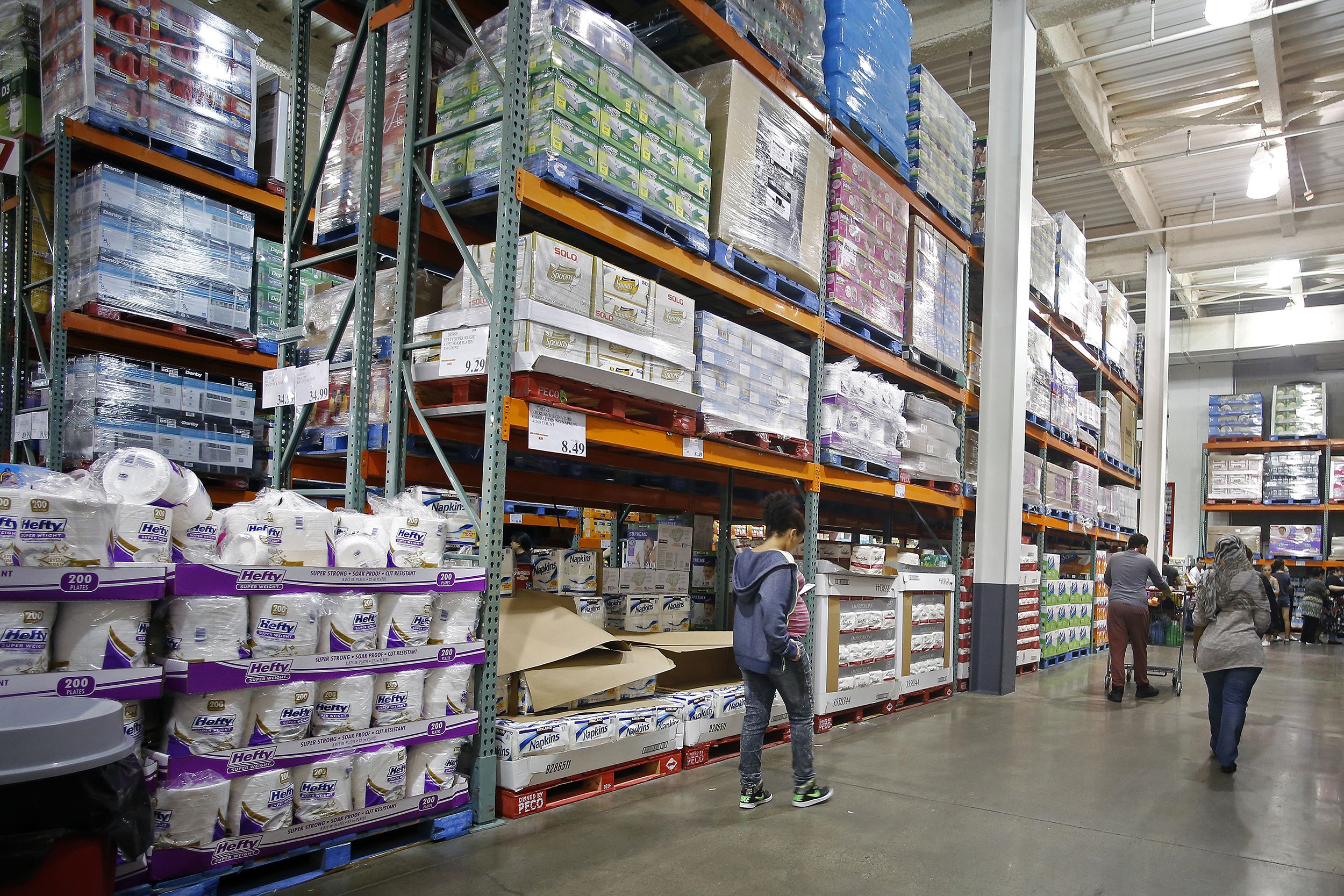
What members are really paying for at club stores such as Costco are economies of scale. The more members the store attracts, the bigger wholesale quantities the company can buy from suppliers and manufacturers, which lowers the cost of each unit. The savings are passed on to customers, especially when they also buy in bulk.
For more great shopping guides and grocery tips, please sign up for our free newsletters.
The Membership Model
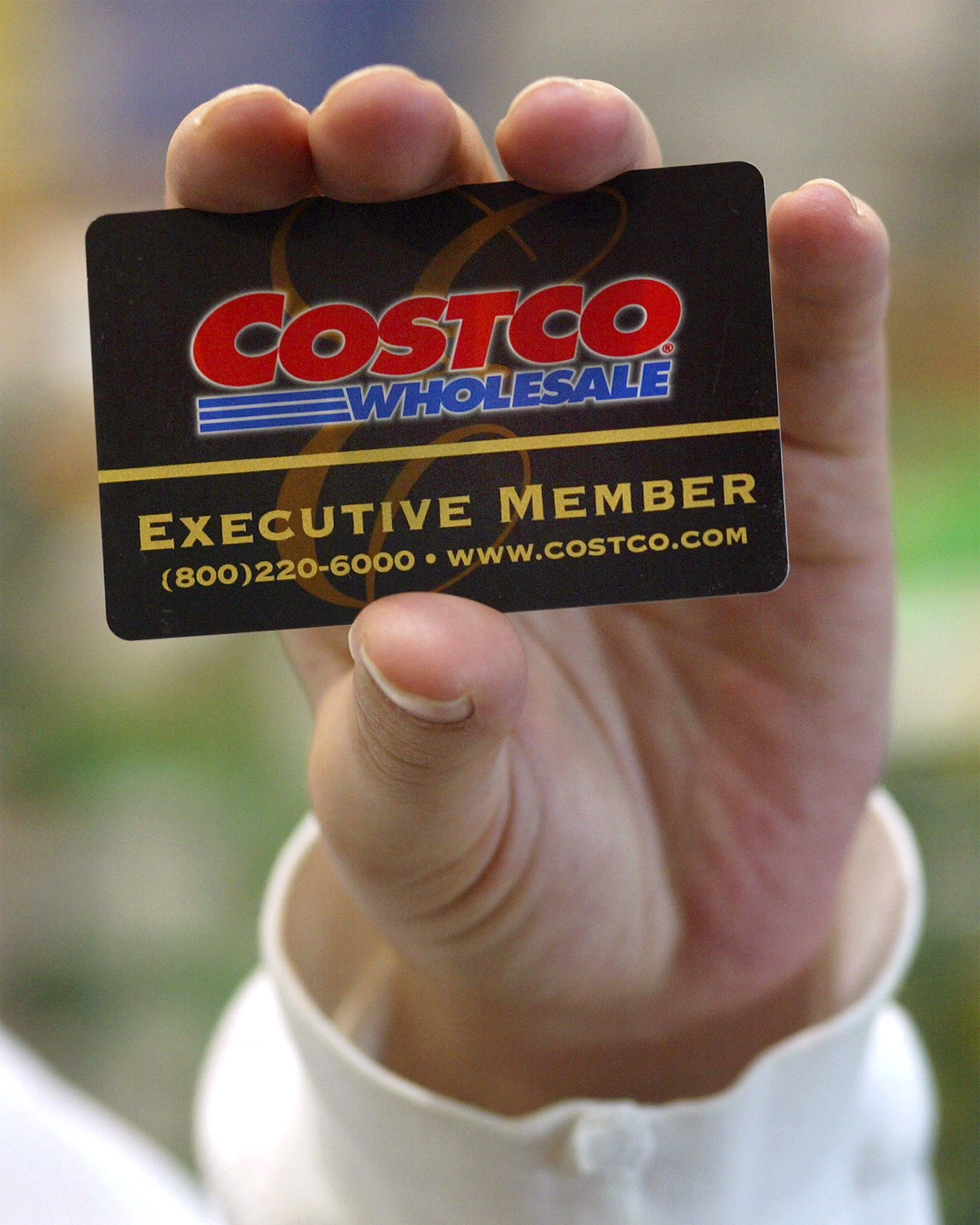
Stores such as Costco and Sam’s Club broke the grocery store mold by adopting a business model favored by gyms and newspapers: subscriptions. Customers pay upfront for the privilege of shopping there because they believe the membership will pay for itself in the long run. With member dues padding their coffers, club stores have room to move.
Related: How Non-Members Can Shop at Costco
Bare-Bones Design: Keeping It Simple Pays
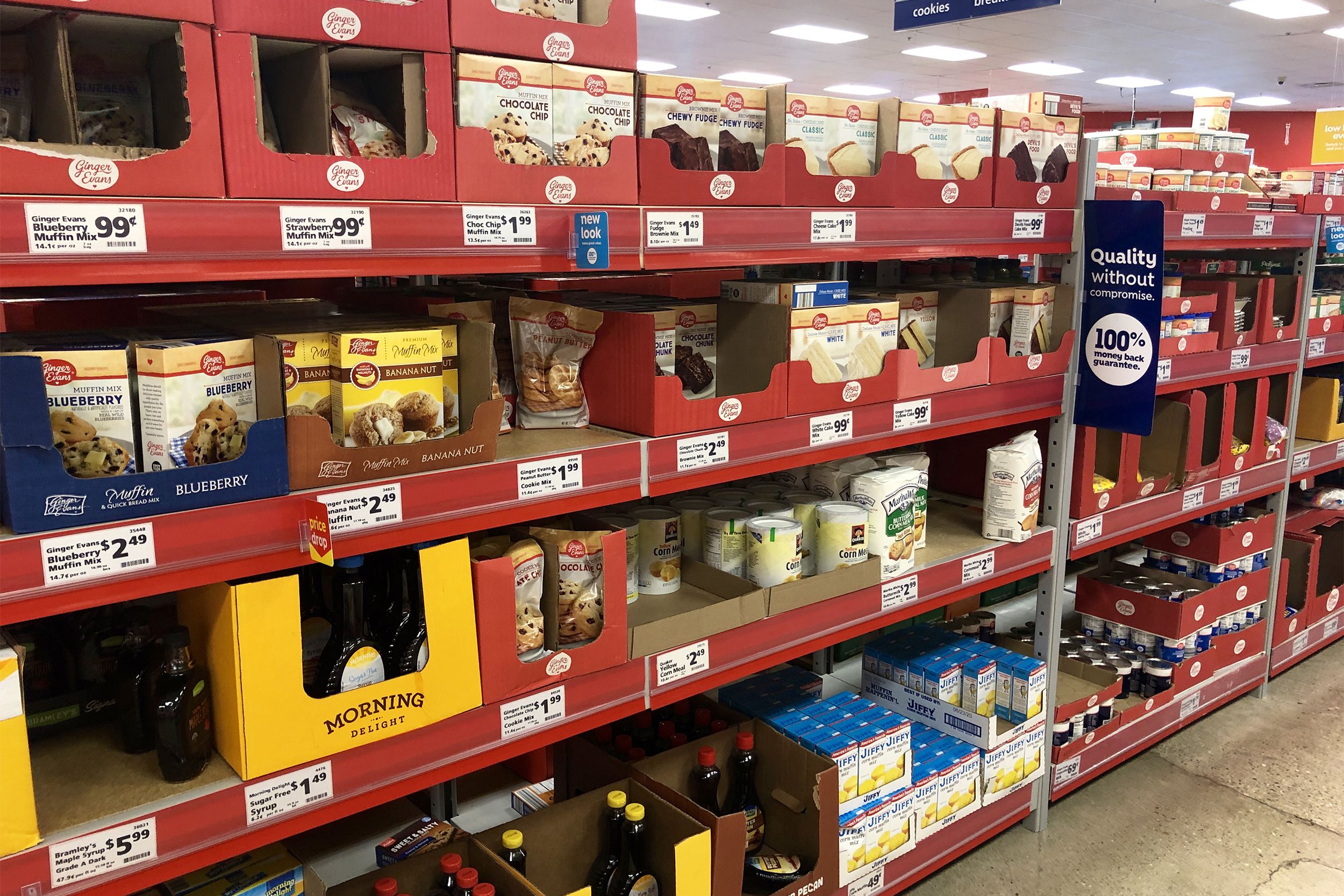
Aldi and Trader Joe’s have small, consistent, no-frills layouts and store designs. This lowers expenses and reduces personnel costs. Aldi, for example, sells products right out of the boxes in which they’re delivered, instead of paying an army of workers to stock shelves constantly.
Related: I Shopped at Aldi for the First Time and Here’s What I Learned
Leaner Staffs for Lower Prices
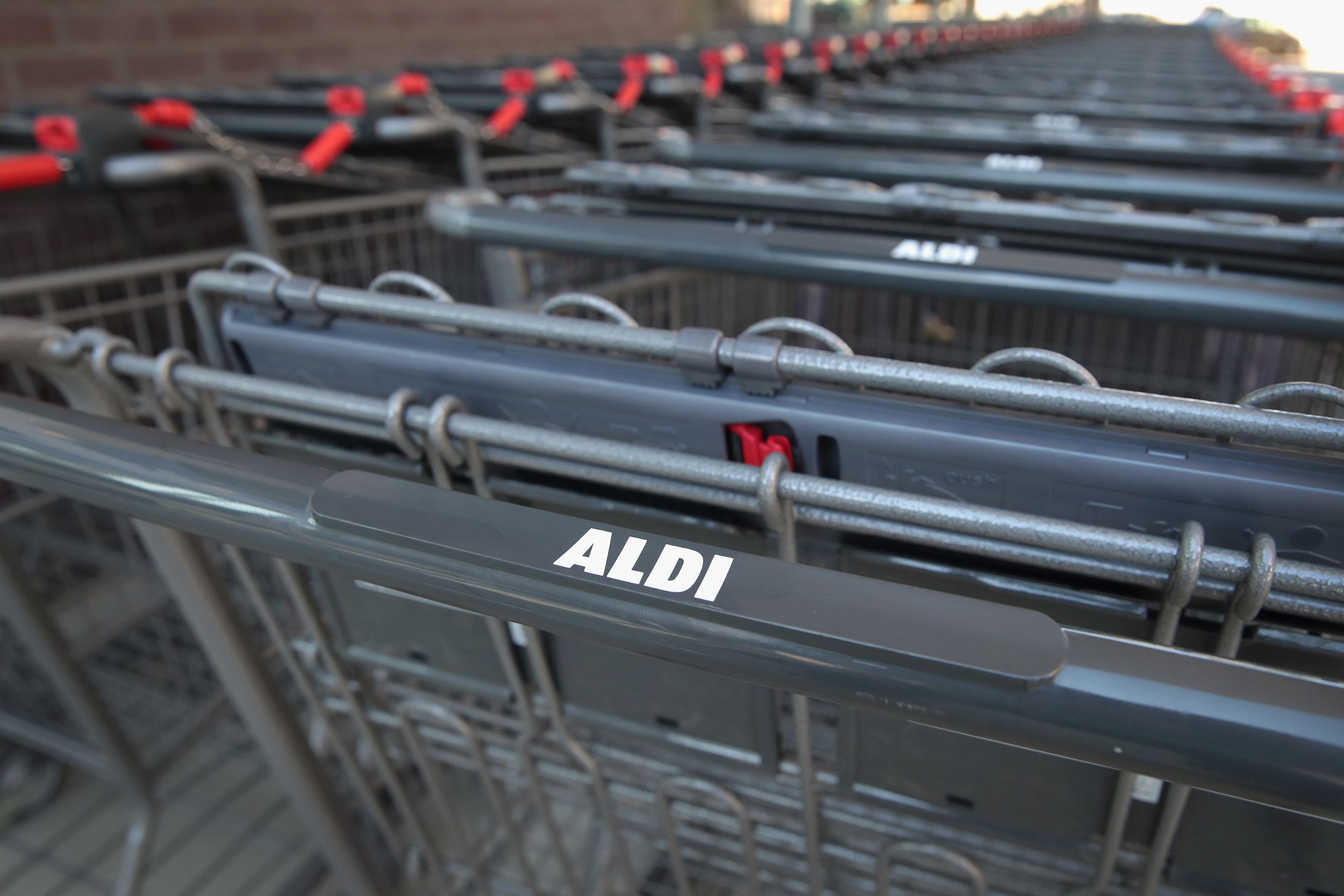
Low-cost chains employ fewer workers but aren’t afraid to get creative to achieve highest employee productivity. At Aldi, for example, customers pay a quarter to use a shopping cart, getting it back when they return the cart. This means Aldi doesn’t have to pay workers to collect and return stray carts from the parking lot.
Trending on Cheapism
Reduced Hours Reduce Costs
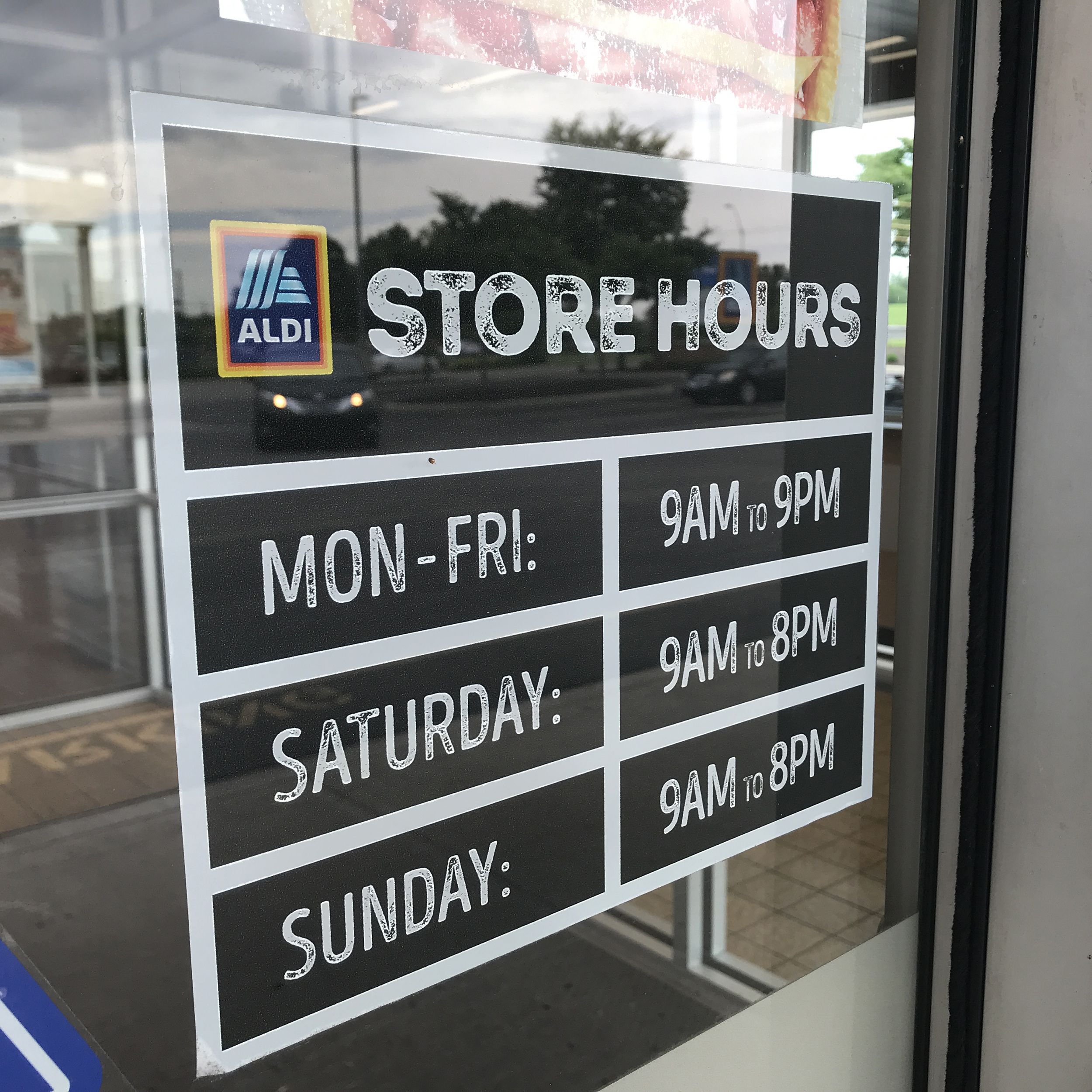
Low-cost grocery stores also save money by operating limited hours. Most Trader Joe’s locations are open from 9 a.m. to 9 p.m. Ditto for Aldi. By closing after peak business hours, they don’t waste money catering to just a handful of after-hours shoppers.
Related: 15 Best House Wines From Costco, Aldi, and Trader Joe’s
Happy Employees Do Better Work

Aldi, Costco, and Trader Joe’s pay workers comparatively high wages and provide them with good benefits packages. This increases productivity and reduces costly employee turnover and training.
Related: Why Trader Joe’s Employees Are Surprisingly Helpful and Happy
Loads of Loss Leaders
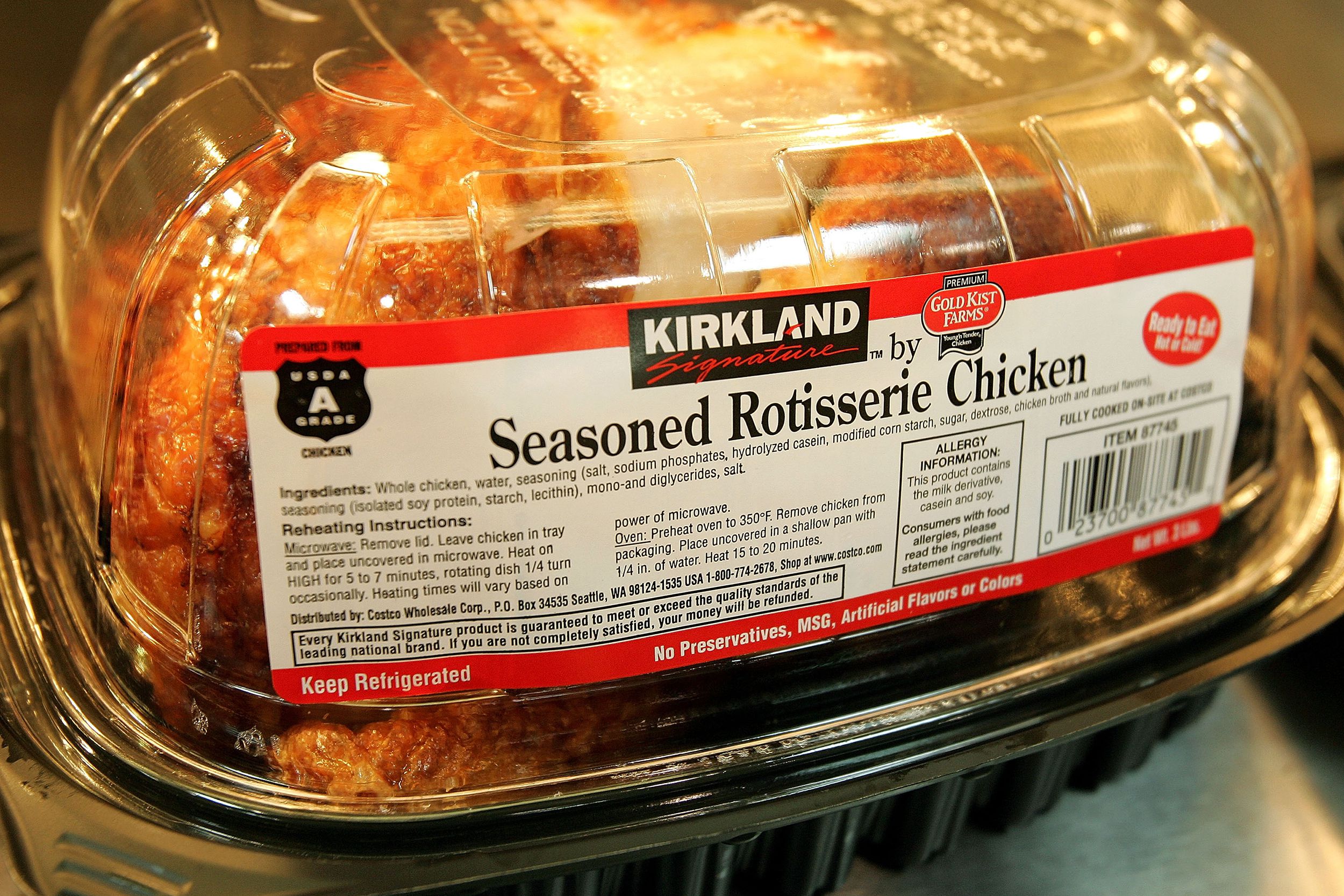
Loss leaders are items stores sell at a loss to attract customers, who buy other products at a profit. Usually, stores rotate loss leaders by season or event. For example, grocery stores sell turkeys cheap at Thanksgiving but raise the price of other holiday items such as cranberry sauce. At Costco, loss leaders are always the same. The company sold about 101 million $5 rotisserie chickens in 2020, costing as much as $40 million in potential profit that gets made up elsewhere, according to a store executive.
Sign up for our newsletter
Store Brands: Familiar Products Cost More

Ninety percent of products on Aldi shelves are from its own brand line. Trader Joe’s follows the same model, with 80% of its products in-house. By working with a unified group of producers, they’re able to negotiate prices, cut out intermediaries, and avoid the costs of buying from big brands.
Related: Over 50 Store-Brand Foods That Deliver Quality and Savings
Exclusive Lines, Lower Costs
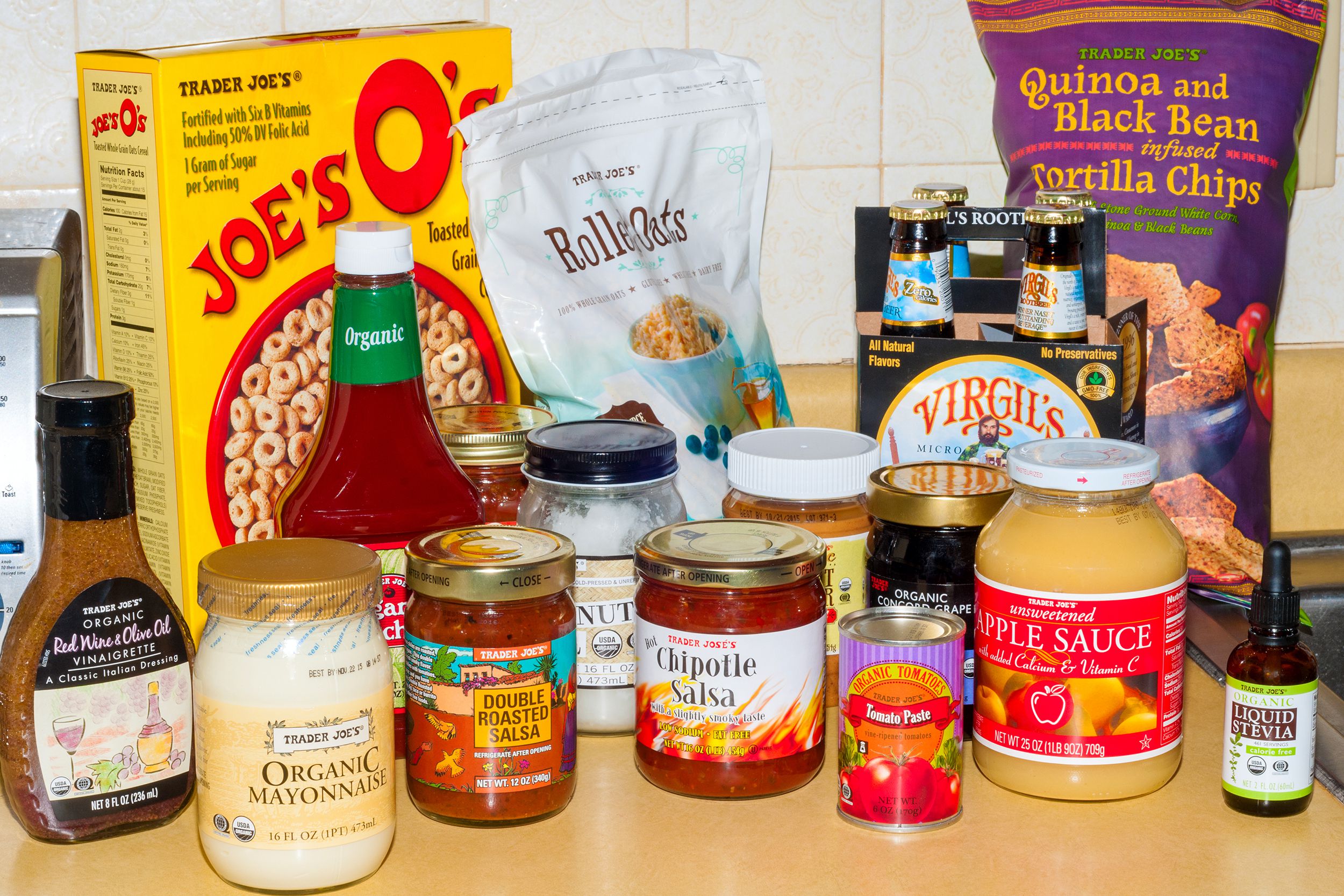
There’s another benefit to discount grocery chains rejecting brand-name goods: Marketing is one of the biggest hidden costs that traditional brands pass on to stores that sell their products. In turn, the stores pass those costs on to customers in the form of higher prices.
Bagging Savings
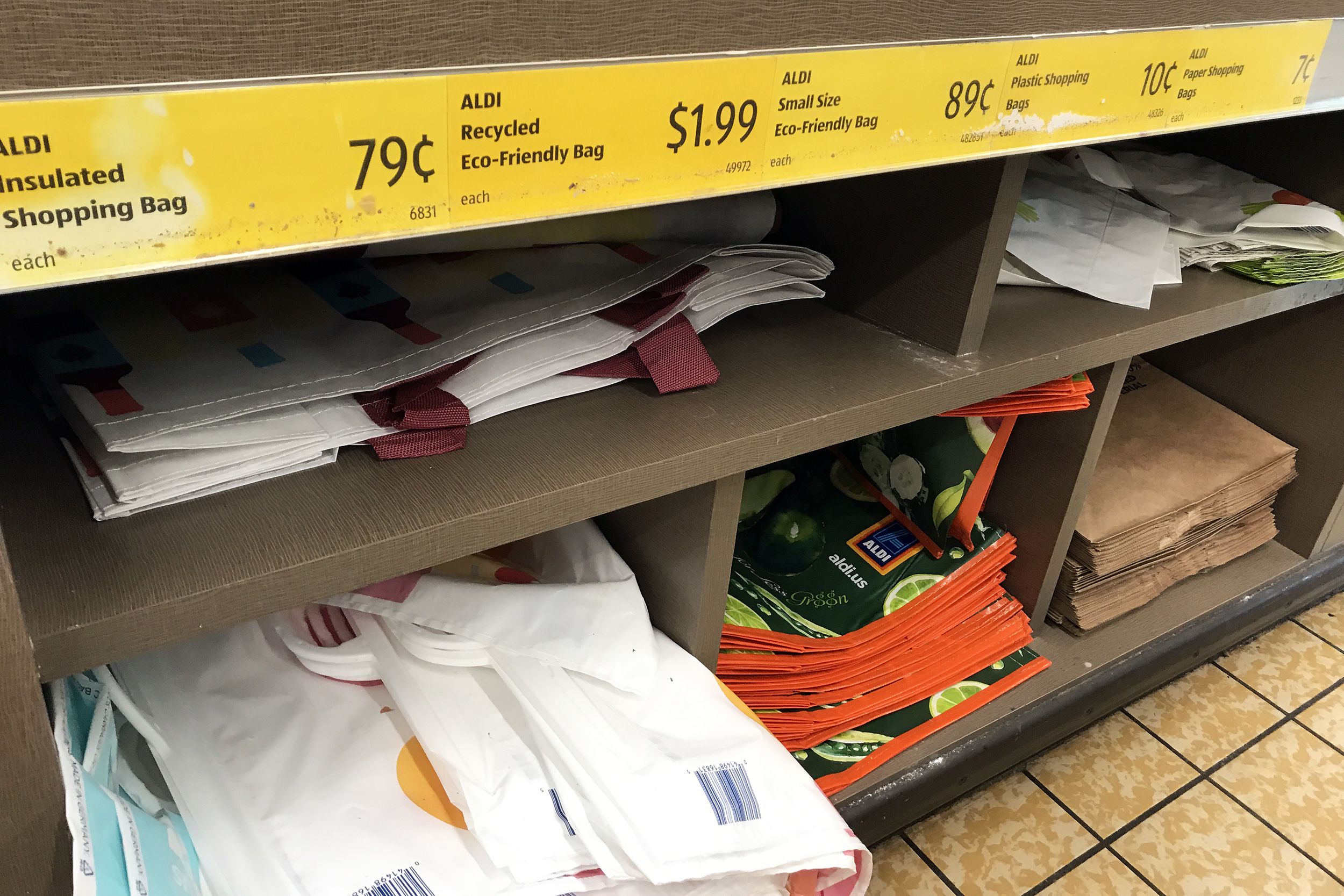
Aldi and Trader Joe’s encourage customers to bring their own bags (or buy one at checkout. The logic is simple: The money they don’t spend buying and giving away grocery bags allows lower prices on the shelves.
What You Shop Is What You Get
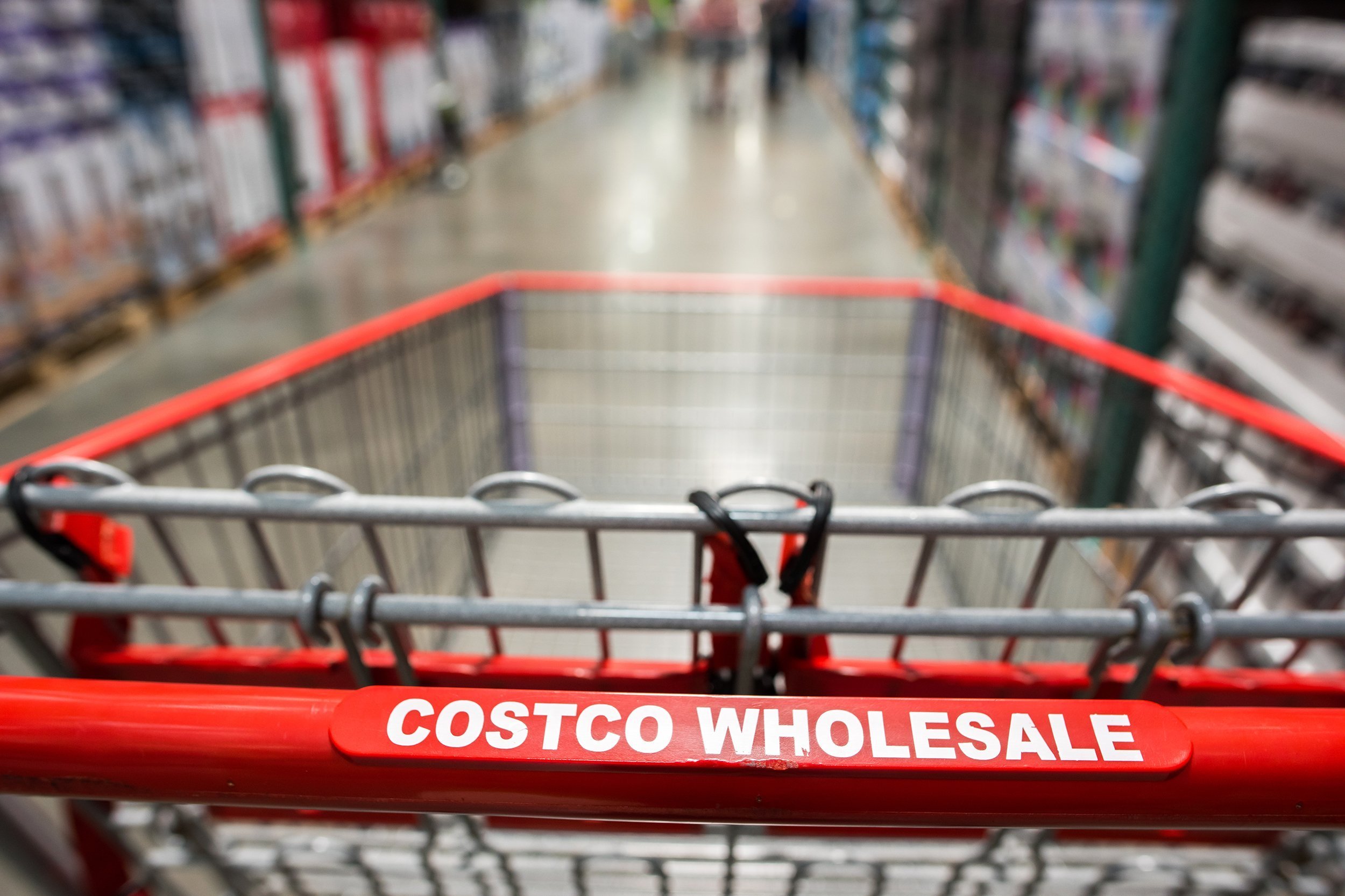
Low-cost stores stay low-cost in part by not offering perks such as loyalty cards, rewards programs or, according to Trader Joe’s, a “3-foot-long scroll of coupons for money off things the next time you shop in our stores.” Aldi — with a few rare exceptions — doesn’t issue coupons or accept manufacturer coupons.
